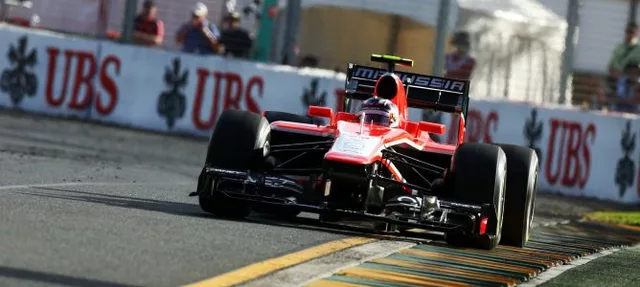
Understanding the Basic Concepts
In the world of racing, there are numerous terms and abbreviations that might seem confusing to the uninitiated. One such term is 'G', which is often used in the context of racing. But what does 'G' really mean? The letter 'G' in racing typically stands for 'Gravity', and it's a measure of the force that a driver experiences while racing. It's a term that is commonly used in motorsports, especially in high-speed races where drivers experience high levels of gravitational force. In this section, we'll delve into the basic concepts of 'G' and what it means in the context of racing.
How is 'G' Measured in Racing?
When we talk about 'G' in racing, we're essentially talking about the amount of gravitational force that a driver experiences during a race. This force is measured in 'G-forces', where 1 G is equal to the force of gravity at the Earth's surface. In racing, drivers often experience G-forces that are several times higher than this, especially during fast turns or high-speed maneuvers. The measurement of 'G' is important in racing because it helps teams understand the physical forces that their drivers are subjected to, and it can also play a crucial role in the design and setup of racing cars.
The Effects of 'G' on Drivers
Experiencing high G-forces can have a significant impact on drivers, both physically and mentally. For instance, during a high-speed turn, a driver might experience a G-force of 5 Gs or more. This means that they are effectively experiencing a force that is five times their body weight, pushing them against the side of the car. This can lead to physical strain and discomfort, and it can also affect a driver's ability to concentrate and make quick decisions. That's why it's crucial for drivers to be physically fit and mentally sharp, to cope with these extreme forces.
'G' in Different Types of Racing
The level of G-forces that drivers experience can vary greatly depending on the type of racing. For example, in Formula 1 racing, drivers can experience G-forces of up to 6 Gs during braking and 5 Gs during cornering. In contrast, NASCAR drivers typically experience around 2-3 Gs during a race. This difference is largely due to the design of the cars and the characteristics of the tracks. Regardless of the type of racing, understanding and managing 'G' is an important aspect of motorsport.
The Role of Safety Equipment
Given the high G-forces that drivers can experience, safety equipment plays a vital role in protecting drivers from injury. One key piece of safety equipment is the HANS device (Head and Neck Support), which helps to protect the driver's head and neck from the effects of G-forces during a crash. The design of the racing seat and the use of seatbelts and harnesses also help to distribute the G-forces across the driver's body, reducing the risk of injury. In this way, safety equipment is crucial in managing the effects of 'G' in racing.
Training for High G-Forces
Finally, it's worth noting that drivers undergo extensive training to prepare for the high G-forces that they will experience during a race. This includes physical training to strengthen their neck and core muscles, as well as mental training to help them cope with the physical strain and maintain concentration. In addition, drivers may also use simulators to get used to the sensation of high G-forces and to practice their reactions. Through this training, drivers can ensure that they are well-prepared to handle the challenges of high G-forces in racing.
More Articles

Ms. Dykefire: Queer Answers For Straight Problems
Ms. Dykefire offers blunt, queer-led advice for relationship problems straight advice can't fix. From boundaries to self-worth, she cuts through the noise with real talk - no sugarcoating, no scripts.

Why are Americans so unsuccessful in Formula One?
As a blogger, I often wonder why Americans have been so unsuccessful in Formula One. After researching, I found that one major reason is the lack of a strong motorsports culture in the US. Additionally, the popularity of other racing series like NASCAR and IndyCar means that talented drivers often choose to pursue careers in these more familiar realms. Moreover, the lack of American Formula One teams and financial support makes it difficult for American drivers to break into the European-dominated sport. Lastly, the limited exposure of F1 in the US media further hinders the growth of interest and potential talent pool for Formula One.

